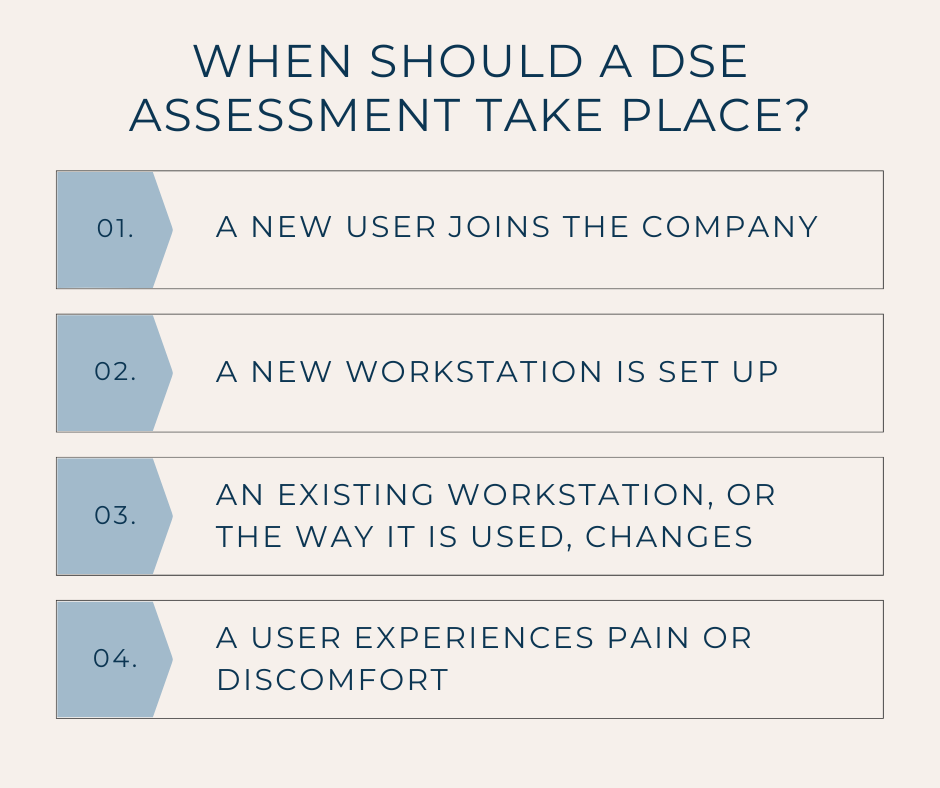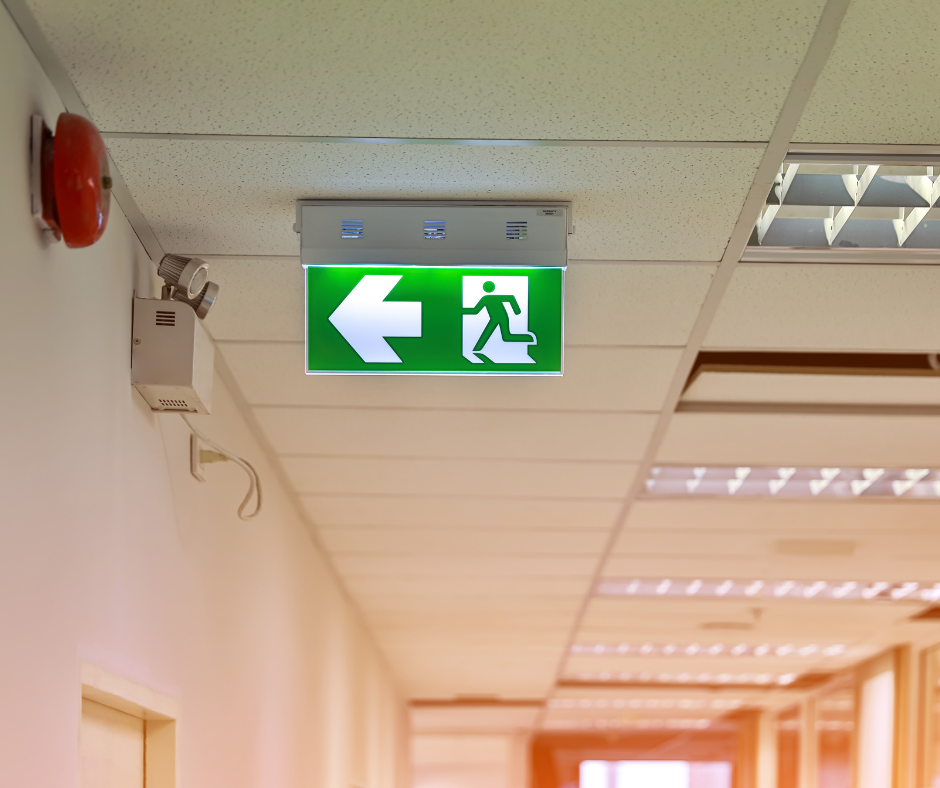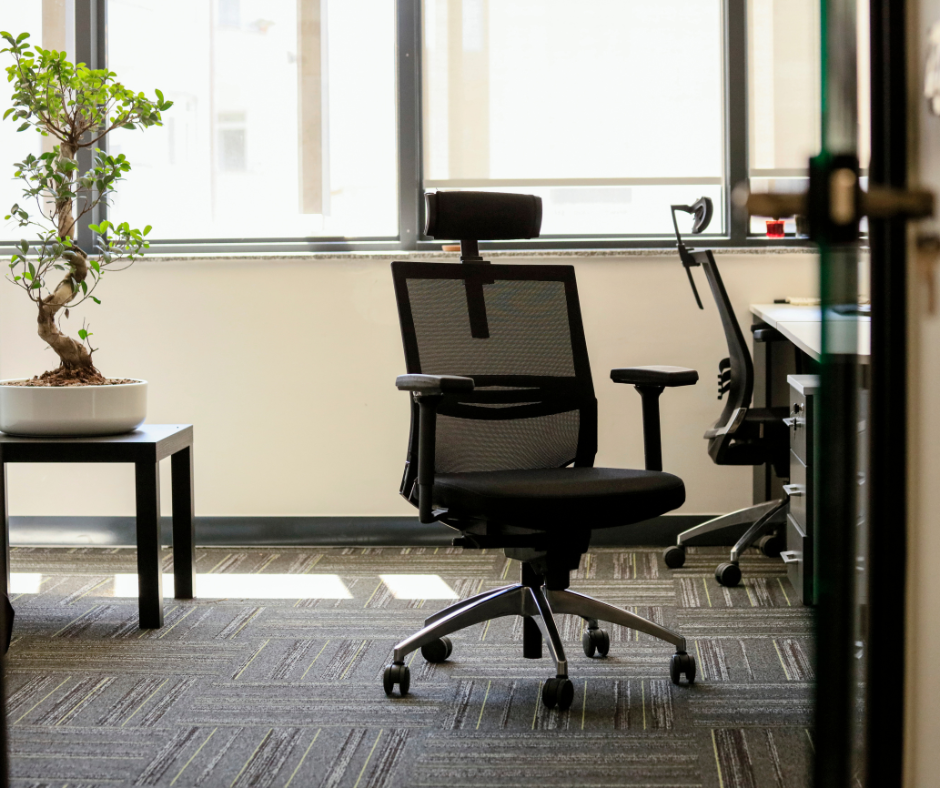When you think of risk assessments, the image that comes to mind may be a construction site or a manufacturing warehouse – but the truth is, all workplaces have hazards, and all of these should be assessed accordingly.
Keep reading to learn more about common hazards you should be assessing in your workplace.
1. Display Screen Equipment (DSE) and Ergonomics
 In the digital age we live in, chances are you or your staff will be spending some of your time working on a device. Frequent use of DSE can pose a number of health risks, including:
In the digital age we live in, chances are you or your staff will be spending some of your time working on a device. Frequent use of DSE can pose a number of health risks, including:
- Repetitive strain injuries
- Eye strain and headaches
- Fatigue
- Neck, shoulder, or back pain
2. Slips, Trips, and Falls
Slips, trips and falls in the workplace are very common, but luckily also very preventable!
Often caused by human factors, most accidents of this nature can be prevented by good housekeeping, proper signage, and appropriate flooring.
3. Fire Safety
 It is essential that fire safety procedures are followed in order to minimise the risk of a fire breaking out, and that all workers in the premises know how to escape safely. Failure to do so could lead to smoke inhalation or burns if trapped, and has the potential to be fatal.
It is essential that fire safety procedures are followed in order to minimise the risk of a fire breaking out, and that all workers in the premises know how to escape safely. Failure to do so could lead to smoke inhalation or burns if trapped, and has the potential to be fatal.
Possible causes of workplace fires include:
- Smoking
- Overheated electrical equipment
- Sources of fuel present
Hazards to a safe escape include:
- Faulty fire-fighting equipment
- Obstructed escape routes and fire doors
- Irregular fire drills
4. Electrical Safety
Electricity is an integral part of almost any work environment, but it also has the potential to cause serious harm.
Staff should be aware of how to identify and report damaged electrical equipment, and taught the fundamentals of electrical safety.
Management should also ensure that electrical is regularly safety checked.
5. Manual Handling
Manual handling isn’t just for work sites! Tasks that involve handling any heavy objects, which could include accepting deliveries or re-stocking office supplies, can lead to back pain and injuries.
The risk of injury can be mitigated through the use of equipment, by storing objects at an appropriate height, or breaking down the load into smaller, more manageable loads.
6. Lone Working
 If a member of staff is out on their own visiting a client, or manning the office by themselves, incidents of injury or ill-health could become more dangerous with no-one around to help.
If a member of staff is out on their own visiting a client, or manning the office by themselves, incidents of injury or ill-health could become more dangerous with no-one around to help.
It is important that a lone worker’s location is known, and that regular contact is kept to ensure everything is ok.
7. Inadequate Lighting
Poor lighting in the workplace is dangerous for two reasons.
Firstly, a lack of proper lighting can make it difficult to see hazards, potentially leading to perfectly avoidable accidents.
Secondly, poor lighting can lead to eye strain, which may progress to vision impairment if left untreated.
8. Working at Height
 Whether you’re high off the ground on a roof, or teetering on an office chair, working at height is inherently dangerous – fall injuries can be serious regardless of how high the fall is.
Whether you’re high off the ground on a roof, or teetering on an office chair, working at height is inherently dangerous – fall injuries can be serious regardless of how high the fall is.
In an office environment, appropriate stepladders should be used to access high-up areas, and training should be provided to staff on how to use these safely.
9. Inadequate Ventilation
Poor quality air in the workplace can trigger occupational asthma, and worsen existing allergies and other respiratory conditions.
If ventilation is not adequate, this may lead to a lack of fresh air, uncomfortable humidity, and a risk of mould growth.
10. Stress
Work-related stress can cause a number of issues, affecting both mental and physical health of workers who are struggling.
There are six key areas in workplace planning that can affect worker’s stress levels, which should be managed appropriately. These are:
- demands
- control
- support
- relationships
- role
- change
Risks in these areas should be assessed in order to manage stress in the workplace.

Risk Assessment and Working at Height training courses are essential tools in protecting the safety of your workers. Make sure you don’t miss out on our 10% off deal on these courses, available until the end of March. Simply enter the code ‘heights10’ at checkout to save!
Read more Top 10 Tips blogs here.
To keep up to date with the latest health & safety news and advice, follow us on social media:
